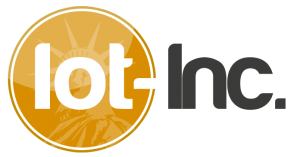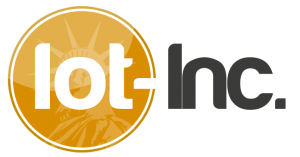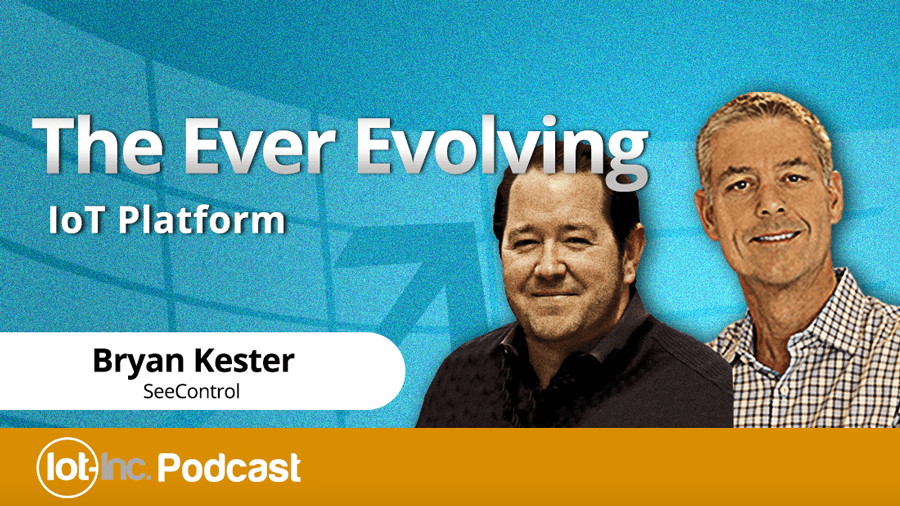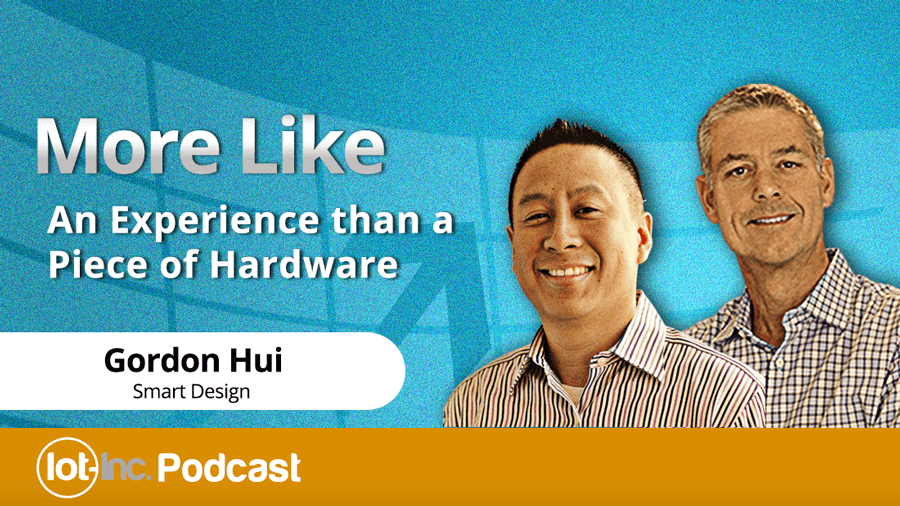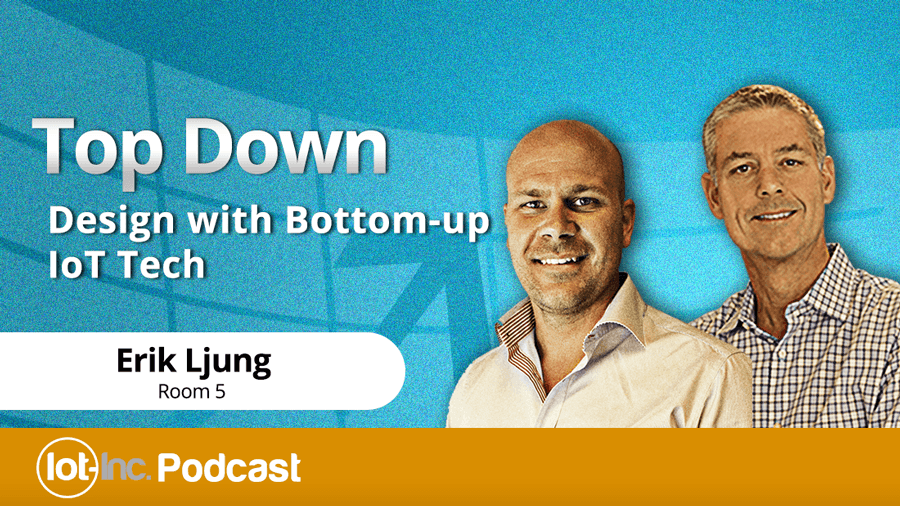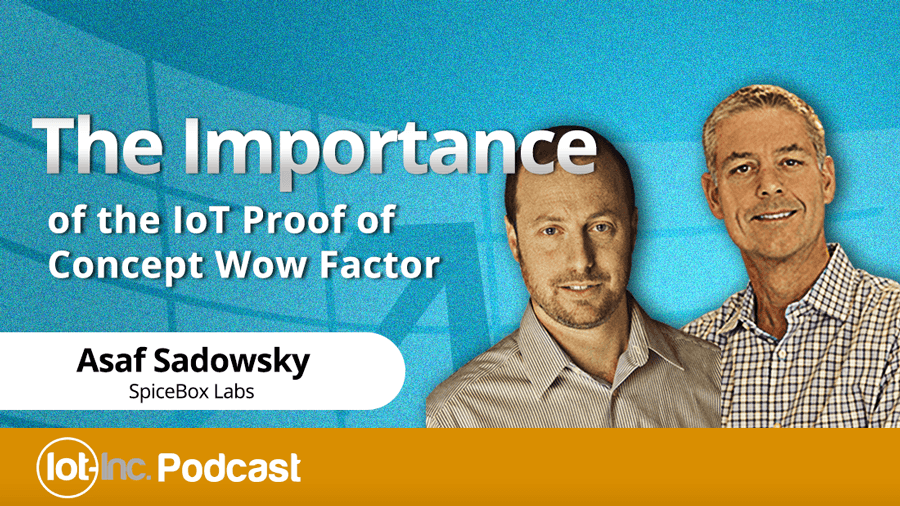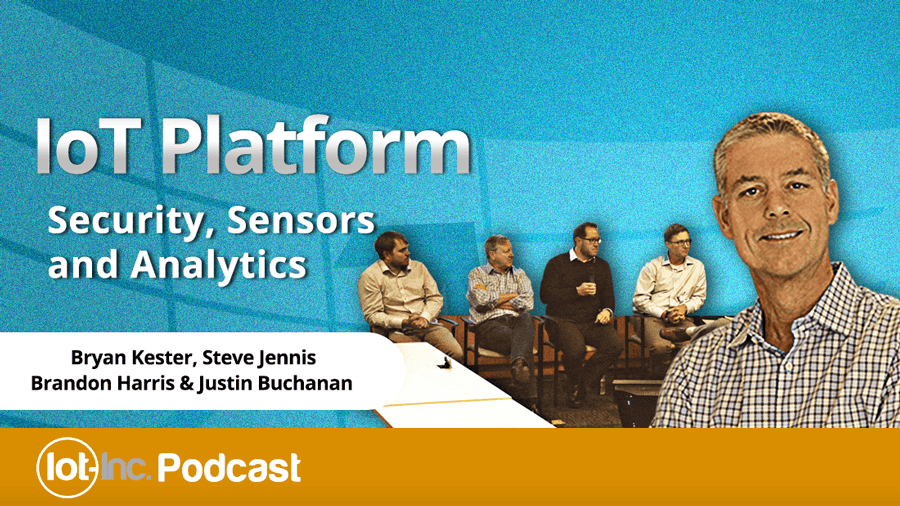14 May OT Networking Best Practices
OT doesn’t care about networking, Operations just wants to get data from one place to another. And since hardware in OT only gets refreshed every 15-20 years, it’s important to architect your solution in components.
Watch this video (or read the transcript) to hear Patrick Grossetete explain best practices in OT networking and the biggest differences in networking between Consumer IoT and Industrial IoT ...
